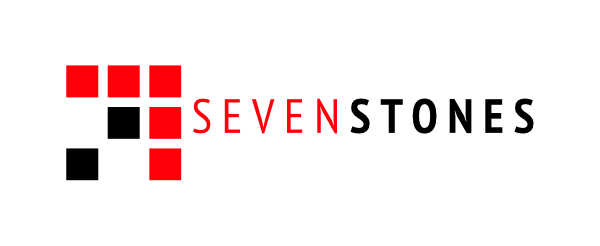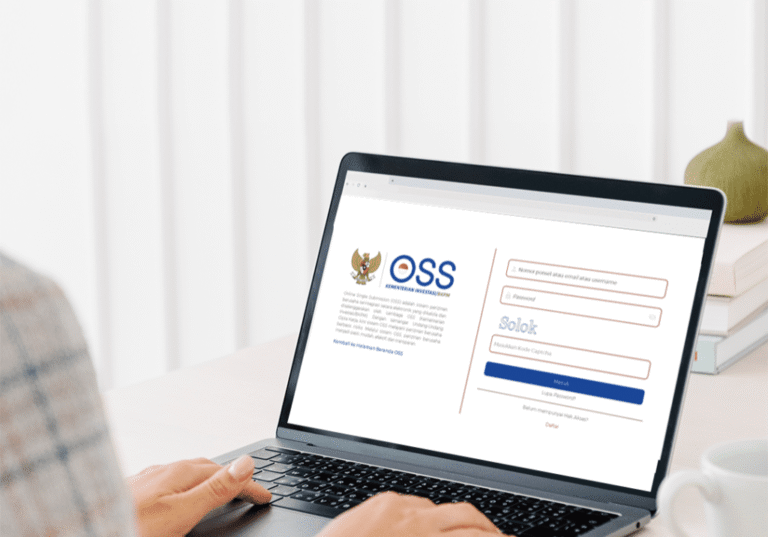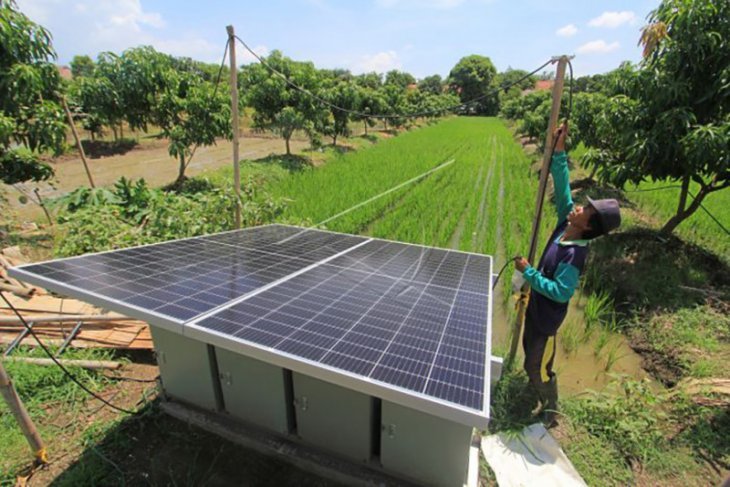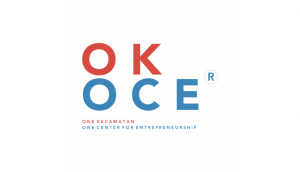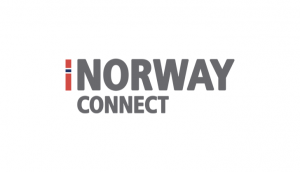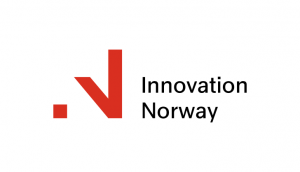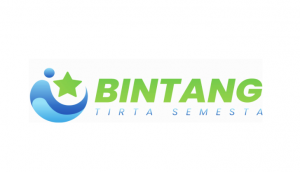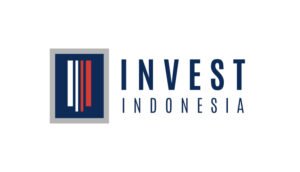
By: Ridwan J Zachrie, CFO/ Senior Advisor, Seven Stones Indonesia
Peer-to-Peer (P2P) lending is a form of lending that connects individual borrowers with lenders through an online platform, eliminating the need for traditional financial institutions such as banks. P2P lending platforms act as intermediaries, connecting borrowers with individual lenders or investors.
Here’s how P2P lending typically works:
Borrower application:
Individuals or small businesses in need of funds can apply for a loan on a P2P lending platform. They need to provide information about the loan amount, purpose, and their creditworthiness.
Risk assessment:
P2P lending platforms assess the creditworthiness of the borrowers by reviewing their applications, credit history, and other relevant factors. They may use their own algorithms or partner with credit bureaus to evaluate the borrowers’ risk profiles.
Loan listing:
Once the borrower’s application is approved, the loan request is listed on the P2P platform. The listing includes details about the borrower and the loan, such as the interest rate, loan term, and purpose.
Investor selection:
Investors (lenders) on the platform can browse through the loan listings and choose the loans they want to invest in. They can diversify their investments across multiple loans to mitigate risk.
Funding the loan:
When enough investors commit to funding a particular loan, the loan is considered fully funded. The platform then transfers the funds from the investors to the borrower.
Loan repayment:
The borrower makes regular repayments, including principal and interest, to the P2P platform. The platform distributes the repayments to the respective investors according to their investment amounts.
Fees and charges:
P2P lending platforms usually charge fees to borrowers for loan origination and to investors for facilitating the lending process. The fee structure varies among platforms.
P2P lending offers benefits to both borrowers and investors. Borrowers can access funds quickly, often at competitive interest rates compared to traditional lenders. Investors have the opportunity to earn attractive returns on their investments, diversify their portfolios, and directly support individuals or small businesses.
It’s important to note that P2P lending carries risks. There is a possibility of default by borrowers, and investors may not receive their expected returns. It’s advisable to carefully evaluate the borrower’s creditworthiness, diversify investments, and consider the platform’s reputation and risk assessment methods before participating in P2P lending.
Additionally, the lack of regulatory oversight and the relatively new nature of the industry can pose challenges in terms of transparency and investor protection.
If you’re considering participating in P2P lending, it’s crucial to conduct thorough research, understand the associated risks, and carefully evaluate the borrowers and platforms you choose to work with.
P2P lending can benefit MSMEs
P2P lending has the potential to significantly drive funding for Micro, Small, and Medium Enterprises (MSMEs). Here are a few ways in which P2P lending can benefit MSME funding:
Access to finance:
MSMEs often face challenges in obtaining funding from traditional financial institutions due to stringent eligibility criteria or lack of collateral. P2P lending provides an alternative avenue for MSMEs to access capital by connecting them directly with individual lenders who may be more willing to fund smaller businesses.
Simplified application process:
P2P lending platforms typically have streamlined and user-friendly application processes compared to traditional lenders. This makes it easier for MSMEs to apply for loans and submit the required documentation, reducing the time and effort required to secure funding.
Faster loan approval:
P2P lending platforms can often provide faster loan approval compared to traditional financial institutions. The online nature of the platforms enables quicker evaluation and decision-making processes, allowing MSMEs to access funds more rapidly when they need them for business operations or expansion.
Flexible loan terms:
P2P lending platforms offer more flexibility in loan terms compared to traditional lenders. MSMEs can often negotiate loan amounts, interest rates, repayment schedules, and other terms directly with lenders, tailoring the loan to their specific needs.
Diversification of funding sources:
MSMEs can benefit from diversifying their funding sources to reduce dependency on a single lender or financial institution. By accessing P2P lending platforms, MSMEs can tap into a broader pool of individual lenders, spreading their funding across multiple investors and minimizing risk.
Improved creditworthiness assessment:
P2P lending platforms employ innovative credit scoring models that take into account alternative data sources and technology-driven credit assessments. This can benefit MSMEs with limited credit history or unconventional financial profiles, as they have a better chance of being evaluated fairly and receiving funding based on their business potential.
Networking and business opportunities:
P2P lending platforms often have communities or networks where borrowers and lenders can connect and interact. MSMEs can leverage these networks to establish relationships with potential investors, suppliers, and customers, creating additional business opportunities beyond just funding.
A recent post on Invest Indonesia looked at Indonesia’s Financial Services Authority (OJK) implementing four policies on fintech Peer-to-Peer (P2P) lending to encourage the funding of Micro, Small, and Medium Enterprises (MSMEs.)
The reason why P2P lending is targeting MSMEs is that there are 65-million MSMEs that are capable of absorbing around 120-million human resources.
The four policies OJK are implementing are:
- Encouraging the Indonesia Collective Funding Fintech Association (AFPI) to cooperate with related associations and organizations to assist their members in conducting ecosystem cooperation to help MSMEs expand to the digital space.
- Urging fintech P2P lending companies to cooperate with banking institutions. Banks require credit expansion, specifically its distribution to MSMEs, as the government has set a credit distribution target of 30-percent of the total credit for MSMEs by 2024.
- Encouraging fintech P2P lending to improve funding distribution to productive sectors. In March 2023, at least 38.18-percent of outstanding funding was specifically intended for the MSME sector. This figure has risen from 37.95-percent of the total outstanding funding in December 2022.
- Educating the public or MSMEs in digital literacy so that they use utilize P2P lending services by conducting digital economic activities carefully.
IMPORTANT NOTE:
However, it’s important to note that P2P lending, like any form of lending, comes with risks. Both MSMEs and lenders need to exercise caution and perform due diligence when participating in P2P lending. MSMEs should carefully evaluate the terms and costs associated with P2P loans, while lenders should assess the creditworthiness and risk profiles of the MSMEs they consider lending to.
Overall, P2P lending has the potential to provide MSMEs with much-needed funding, allowing them to grow their businesses, create employment opportunities, and contribute to economic development.
If you’re interested in learning more about P2P lending, get in touch with us today through [email protected]. We look forward to hearing from you.
